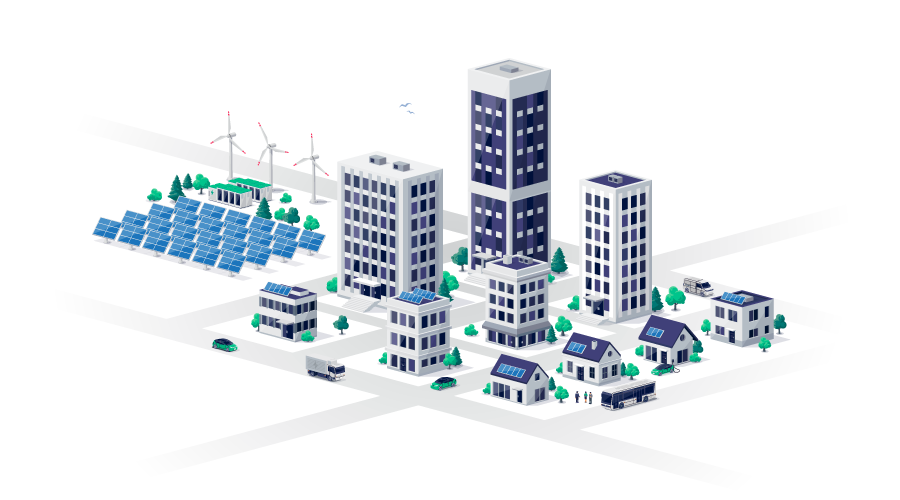Identifying Energy Rebates Delivers Bottom-Line Benefits
Since the 1970s, utility companies have offered commercial and institutional customers rebate and incentive programs. The utilities' goal is to reduce demand-capacity requirements they otherwise would have to make up by expanding their generation and distribution systems. These rebate programs provide utility customers with incentives. Customers install energy-efficient equipment and systems, and the result is lower purchase or installation costs via cash rebates or discounts.
Today, rebate and incentive programs still are going strong, and the time has never been better for maintenance and engineering managers to undertake retrofit projects in their facilities targeting energy efficiency. Some utilities offer incentives to install specific, energy-efficient products, such as lighting, motors, and cool roofs. Other incentives are based on achieved savings, and still others encourage facilities to take part in specific operational strategies, such as demand response and retrocommissioning.
By understanding the specific goals of utility rebate programs and lining up incentives targeting the most appropriate facility retrofits and upgrades, managers can deliver benefits to their organizations' bottom lines.
Eye on incentives
Virtually every utility company offers a program focused on providing support to institutional and commercial facilities pursuing energy and demand reduction. The number and extent of programs vary depending on the type of utility, the utility market, and state and local governance.
Utility rebates and incentives are either prescriptive or customized. The most common type of program is prescriptive, which applies to more standard, industry-accepted, proven, equipment-based retrofits. By contrast, customized rebates involve new technologies, which usually have higher firsts cost but promise longer-term energy savings.
Typically, the process for obtaining custom rebates or incentives requires more involvement between the applicant and the utility. These incentives usually are based on actual field measurements or on projected savings using a calculation model.
Prescriptive measures are more straightforward and use a simplified application process with pre-determined rebates. The range of prescriptive measures might include rebates for retrofitting lighting, motors, boilers, water heaters, furnaces, heat pumps, and central air conditioners.
Customized programs might include rebates for such items as:
- building automation systems
- systemwide HVAC retrofits
- chiller replacements
- variable-frequency-drive installations
- air compressor replacements
- installations of renewable energy systems, including fuel cells, geothermal heat pumps, and photovoltaic (PV) and wind systems
- retrocommissioning
- cool roofs.
Related Topics:













